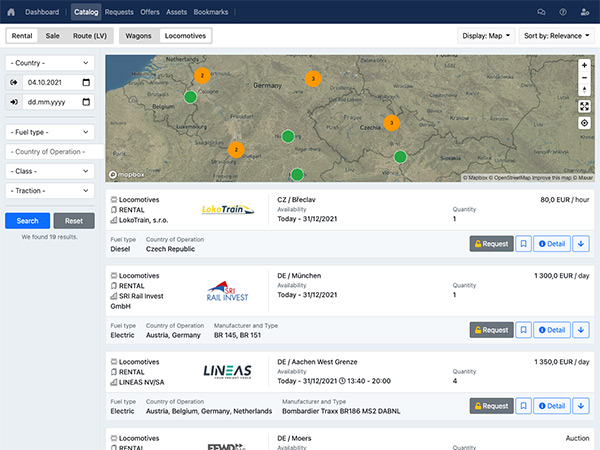In the midst of ongoing discussions surrounding railroad safety, crew size, and labor tensions, a comprehensive new report sheds light on the intricacies of train length, offering valuable insights for policymakers. The report, published by the Association for Innovation and Infrastructure (Aii), aims to provide decision-makers with critical data to support targeted reforms that balance the costs and benefits of longer trains.
The analysis encompasses three key perspectives: safety considerations, economic implications, and environmental impacts. In particular, the report reveals a complex interplay of advantages and disadvantages associated with longer trains, challenging preconceived notions.
On the safety side, the report looks at data from the Federal Railroad Administration, examining train accidents, grade-crossing incidents, and injuries to both the public and railway workers. Surprisingly, it finds no definitive link between longer trains and increased safety risks.
Economically, the study reveals a nuanced picture. While longer trains have a higher average cost per incident, the report finds that the average cost per wagon for accidents decreases as train length increases. However, the issue of blocked level crossings remains less conclusive, with the limited data available suggesting that limiting train length could potentially lead to increased train frequency and more frequent level crossing disruptions.
The environmental aspect presents a compelling argument for longer trains. Contrary to popular fears, the industry's safety record remains the same regardless of train length, and longer trains have lower carbon emissions compared to the alternatives of increased train frequency or greater reliance on trucks.
Author and Aii Executive Director Benjamin Dierker emphasised that while the data helps to allay certain concerns, there are many angles to consider before making public policy changes. “There is certainly a reasonable limit to the length a freight train should be, but from accident reporting forms and public data, there is not yet a clear picture of what that length is or how it should be set – whether by a regulatory cap, industry leadership, or collective bargaining,” commented Dierker.

